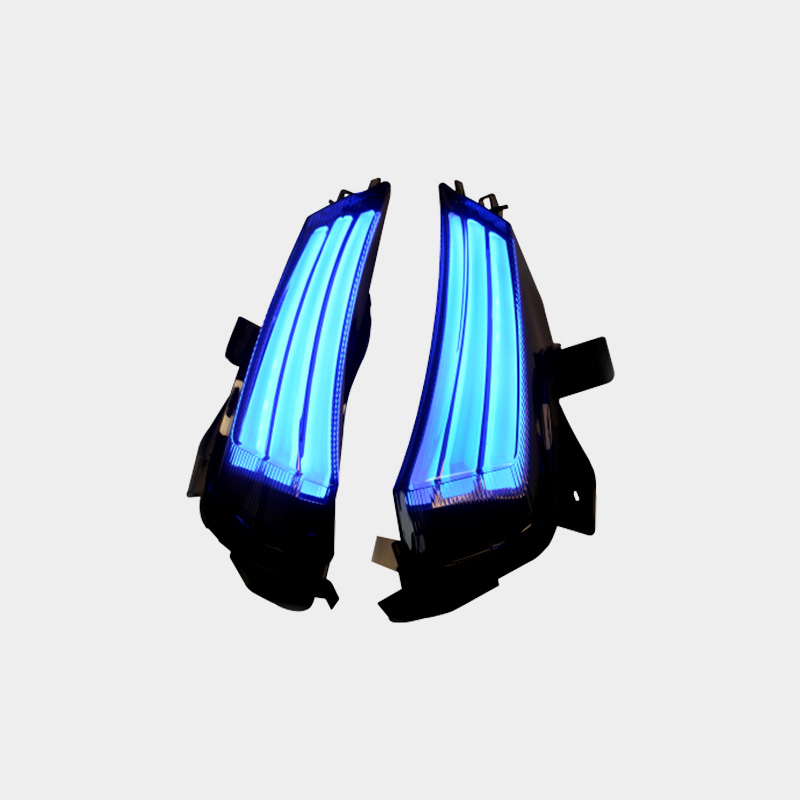The structural shape of the stamping die parts, the dif […]
The structural shape of the stamping die parts, the difference in cross-sectional size, the heating and cooling rate in different heat treatment processes, the combination of thermal stress and structural stress and the phase change of the volume change, cause part of the volume to expand or contract, such size and shape deviations , Deformation, and even cracking, there are many reasons that affect the heat treatment deformation and cracking of the stamping die, mainly related to the chemical composition of the steel and the structure of the original structural section size and shape.
components and heat treatment processes. Heat treatment deformation is not Avoided, but can prevent the occurrence of cracks.
Preliminary heat treatment: stamping die forgings, eutectoid steel should be normalized, and then spheroidizing annealing to eliminate the forging in the secondary cementite network, refine the grains, eliminate internal stress, and prepare the organization for subsequent treatment. Cold tempering should be carried out before stamping. For some more complex shapes and high-precision molds, quenching and tempering treatment should be carried out before rough machining is completed to reduce quenching deformation, avoid cracking tendency, and prepare for the final heat treatment.
Optimization of quenching and tempering process: protection of quenched parts: quenching and tempering are important factors that affect the deformation or cracking of stamping parts by heat treatment. For parts that are easy to deform or crack, effective protective measures must be taken. Injection molding can make the shape of the part , The cross-section is symmetrical and the internal stress is equalized. Commonly used protection methods are: package method, completion method, and block method.
Improvement of heating method: For some small stamping intensive or slender cylindrical parts, preheat it to 520-580℃, and then put it into the medium temperature salt bath furnace to heat the quenching temperature, which is significantly less deformed than the direct use of electric furnaces and reverberatory furnaces. It is small and can control the cracking tendency, especially for high-alloy steel mold parts. The correct heating method is: preheat and then rise to the quenching temperature. During the heating process, the high temperature period should be shortened to reduce quenching deformation and avoid small cracks.

Measurement of heating temperature: Excessive quenching temperature will make the austenite grains coarser, leading to oxidation and decarburization, and increase the tendency of parts to deform and crack. Within a certain heating temperature range, the decrease of the quenching temperature will cause the parts to shrink The hole diameter becomes smaller, so the upper limit of the heating temperature should be adjusted. In the case of alloy steel, the heating temperature is high, which causes the inner hole to expand and the hole diameter becomes larger. Therefore, the lower limit of the heating temperature should be selected.
The choice of alloy steel coolant: the best way to reduce quenching deformation is to use potassium nitrate and sodium nitrite constant temperature quenching or intermittent quenching, which is especially suitable for stamping molds with complex shapes and precise dimensions, and some porous mold parts (such as porous Helmet Mould) , The austempering time should not be too long, otherwise the hole or hole spacing will become larger. If cooling shrinkage oil is used, it is reasonable to use the cooling expansion characteristics of nitrate and dual-medium quenching to reduce part deformation.
Taizhou Huangyan Chuangji Mould Industry Co.,Ltd.